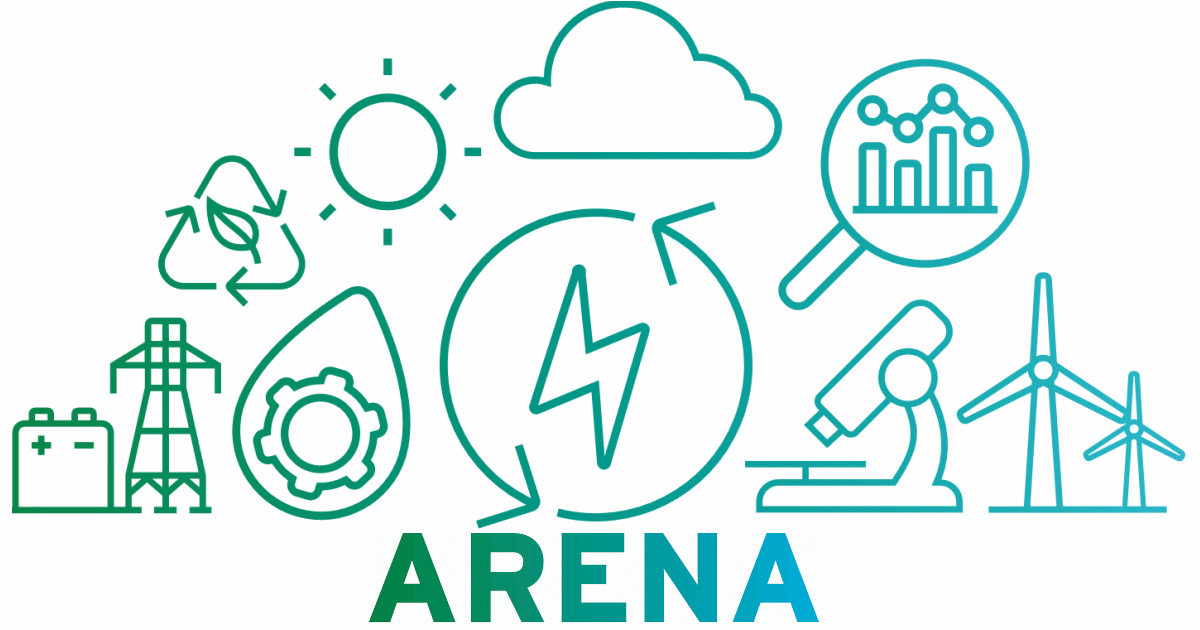
The Australian Renewable Energy Agency (ARENA) will reportedly run out of money for new projects around the middle of this year. The Australia Institute says the organisation should be re-funded.
ARENA was established under a Labor Government in late 2011 with support from the Liberal-National Opposition. Liberal Shadow Minister for Energy and Resources at the time Ian Macfarlane said the Libs would “have established a structure perhaps even similar to this one” if they had been given the opportunity.
The main objectives of the Act that established the agency were:
- to improve the competitiveness of renewable energy technologies; and
- to increase the supply of renewable energy in Australia.
ARENA’s functions include providing financial assistance for renewable energy technology research; the development, demonstration, commercialisation or deployment of renewables-based technologies and the sharing of related information.
Since 2012, the agency has invested $1.46B in 486 projects with a collective value of $5.55B.
Breaking the investments down:
- Solar PV: $654M
- Grid integration: $210M
- Solar thermal: $145M
- Hybrid: $109M
- Bioenergy: $105M
- Storage – Batteries/PHES: $95M
- Ocean: $54M
- Geothermal: $42M
- Hydrogen: $46M
Global Benefits For Solar Energy
While some of its spending has been called into question here on SQ, particularly relating to consultants and hydrogen, overall ARENA seems to have been a good deal. One of the technologies it supported was the development of solar cell technology called PERC. PERC tech was designed at the University of New South Wales and is now used in the majority of commercial solar cells globally.
ARENA CEO Darren Miller has previously stated the agency’s most high-profile achievement has been to help reduce the cost of utility-scale solar power. While Australia may be a Typhoid Mary of carbon emissions, we do some pretty good stuff when it comes to clean energy that we share with others as well.
And Now, The End May Be Near For ARENA
ARENA’s legislation means the agency can’t make new investments beyond 30 June 2022, but The Australia Institute (TAI) says the nature of energy project planning means ARENA will effectively cease making new investments in mid-2020.
“The period from when a project sponsor first talks to ARENA to discuss funding, until financial close, when all the project contracts are signed, is known as the project cycle,” says TAI. “On complex projects, the project cycle is around 18 –24 months.”
The TAI is proposing a $230 million per year top-up for 2022-23 and 2023-24 so the agency can continue its work in the short-term while a long-term plan is negotiated. This additional funding could come from Consolidated Revenue, or from the earnings of the Clean Energy Finance Corporation. Unlike ARENA, the CEFC is not a grant-making body – it expects a financial return on its investments.
“ARENA has been essential in bringing down the cost of renewable energy in the last decade but its work is far from finished,” said TAI’s Dan Cass. “The next renewable energy challenges for Australia are grid integration, storage and reliability, as well as new export opportunities in green hydrogen and zero-emissions electricity.”
TAI says the agency should also be allowed to broaden its investment capabilities to include energy efficiency, industry, transport and agriculture.
ARENA Popular With Pollies And The Australian People
While ex-Prime Minister Tony Abbott vowed to axe ARENA back in 2014, the Federal Government has since been keen to associate itself with the agency’s successes (although it’s nibbled away at its funding on a couple of occasions). TAI says an analysis of Federal Ministerial media releases shows the Coalition Government made such mentions 149 times in the last six years.
Polling commissioned by TAI in October 2019 indicated a majority of Australians believe ARENA should continue to be funded. Just 7% said the Government should shut it down.
TAI’s case for cashing up ARENA again can be viewed in full here.

 RSS - Posts
RSS - Posts



Is it USD$ or AUD$ value in this article ?
Australian dollars. If it’s US dollars it will always be indicated. Today $3 AUD exchange for $2 USD.